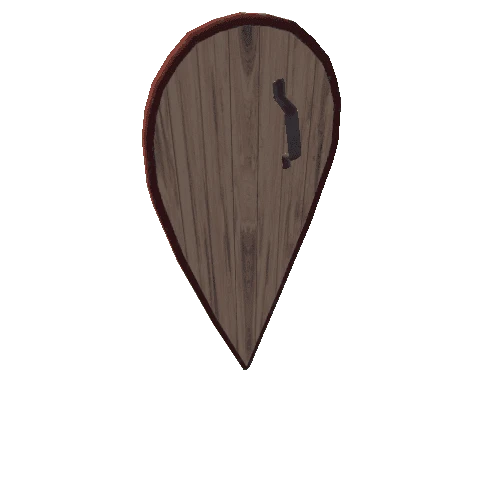Select or drop a image or 3D model here to search.
We support JPG, JPEG, PNG, GIF, WEBP, GLB, OBJ, STL, FBX. More formats will be added in the future.
Asset Overview
CAP found this handheld bakelite mirror while excavating near the Emmons Amphitheater in the Brody Complex on MSU's campus. This area was originally the East Lansing city dump from about 1920 to the late 1940s or early 1950s when MSC expanded into the area.
Bakelite was an early plastic that began production in the first decade of the 20th century, reached its peak in the 1920s and 1930s, but declined throughout the 1950s. This was due to new plastics that allowed more vibrant and a wider range of colors as bakelite allowed for mostly darker tones. However, bakelite was credited with ushering in the "Polymer Age" or the "Age of Plastics".
The whole piece is convexly curved when looking at the mirror. Both the glass and the bakelite have beveled edges as the only physical decorations. A tortoiseshell design is worked into the bakelite itself, a design that's popular even today.
Check out [Mari Isa's blog post for more info!](http://campusarch.msu.edu/?p=5996).
Photogrammetry model made by Jack A. Biggs.
















